In this article, Vanier teachers Laura Niculae (French) and Wissam Chaya (Physics) describe a cross-curricular collaboration that sparks students’ engagement with the creative possibilities of literature, science, and exploration. Through visits to a spectacular site perched atop our very own College, Laura and Wissam invite students to contemplate not only the stars, but also the scope of their imaginations and the shapes of their futures.
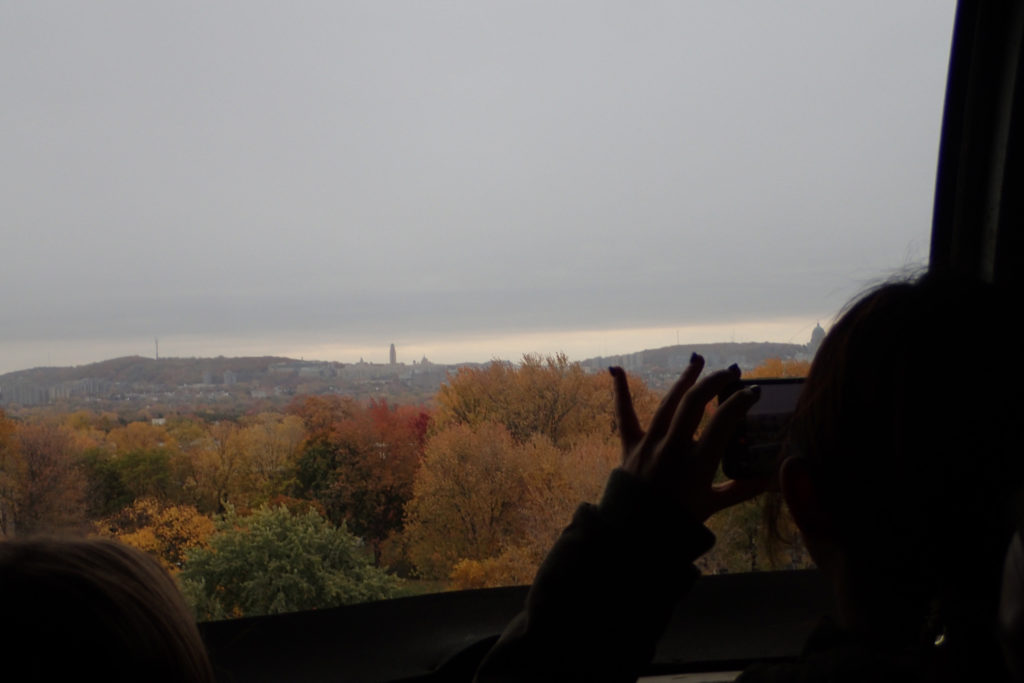 View from the astronomical observatory
View from the astronomical observatory
© Laura Niculae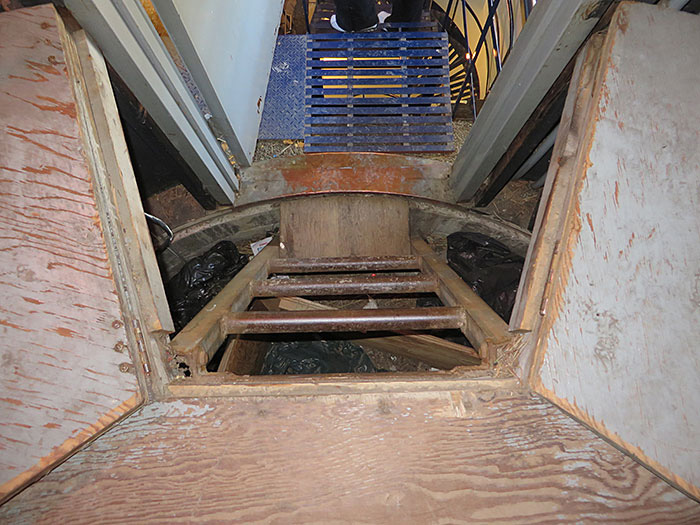 The astronomical observatory
The astronomical observatory
© Matthieu Sossoyan
Laura: In 2018, while I was preparing a creative writing exercise for my advanced French class, I was tempted to try a different approach in order to inspire my students. I wanted to write a few short stories about Vanier with my class, so nothing could have been more stimulating than taking a fresh look at our campus. An announcement on the official website of Vanier College caught my eye: an astronomical observatory right here on campus was open to students and staff. Seeing Vanier from above seemed like a good start for someone who wanted to change their perspective on the scenery and history of the institution.
Wissam: The observatory was built in the first year of Vanier’s operation (1970-71). According to retired physics teacher Professor Don Hetherington, “The observatory was much like it is today except that access was via the elevator shaft.” In the early days, visitors had to walk on the roof of the A-wing to access the observatory. Now the observatory has its own entrance through A561, with a tight passageway that leads directly to the dome. Many of my colleagues in the Physics department were surprised when, in 2010, I opened the observatory for Vanier’s Open House for the very first time. They knew that the dome was hard to reach, with the narrow circular stairs leading up to the roof. The last few steps are like a ladder: quite tricky to climb! While ascending the circular stairs, some visitors become slightly dizzy before arriving at the dome’s entrance on the roof. However, for all who make it up, including prospective students, parents (some of whom are wearing high heels!), and even little kids, the climb is well worth it. Since 2010, visits to the observatory have been a permanent feature of every Open House.
Laura: My intention in developing a creative writing project that asked students to look at the Vanier campus in new ways was to increase the authenticity of the students’ engagement as well as their sense of ownership over their learning; such an approach stems from my commitment to inclusive pedagogy. This project of short stories on Vanier brought me to search for the hidden gems of our campus and to share them with my students. I saw in this visit of the observatory the opportunity to motivate learners to engage in a French writing activity in creative ways. At the same time, rediscovering this patrimonial site was stimulating, surprising, and provided a strong feeling of belonging to the college.
Wissam: During the Fall 2018 semester, I was informed by our lab technician that a French teacher named Laura was interested in visiting the Observatory. I contacted Laura to set up the class visit. I admired her courage and enthusiasm about providing new experiences for her students to learn and explore.
It was a challenge to arrange for the whole class to visit the observatory at once. The dome is a small place that can fit up to 18 persons tightly packed (before COVID-19 restrictions). Therefore, we needed to split the class into two or three groups; when one group finished the tour, the other group followed.
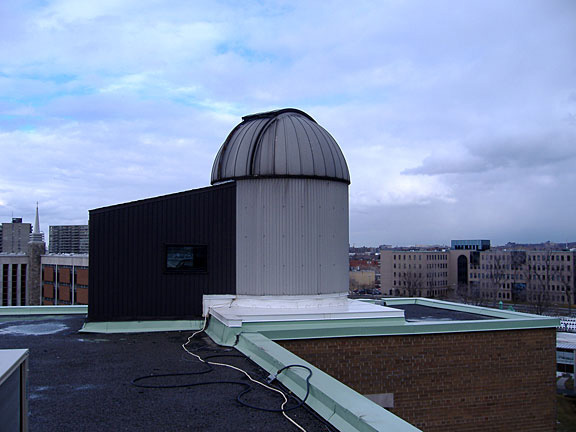 The astronomical observatory
The astronomical observatory
© Matthieu Sossoyan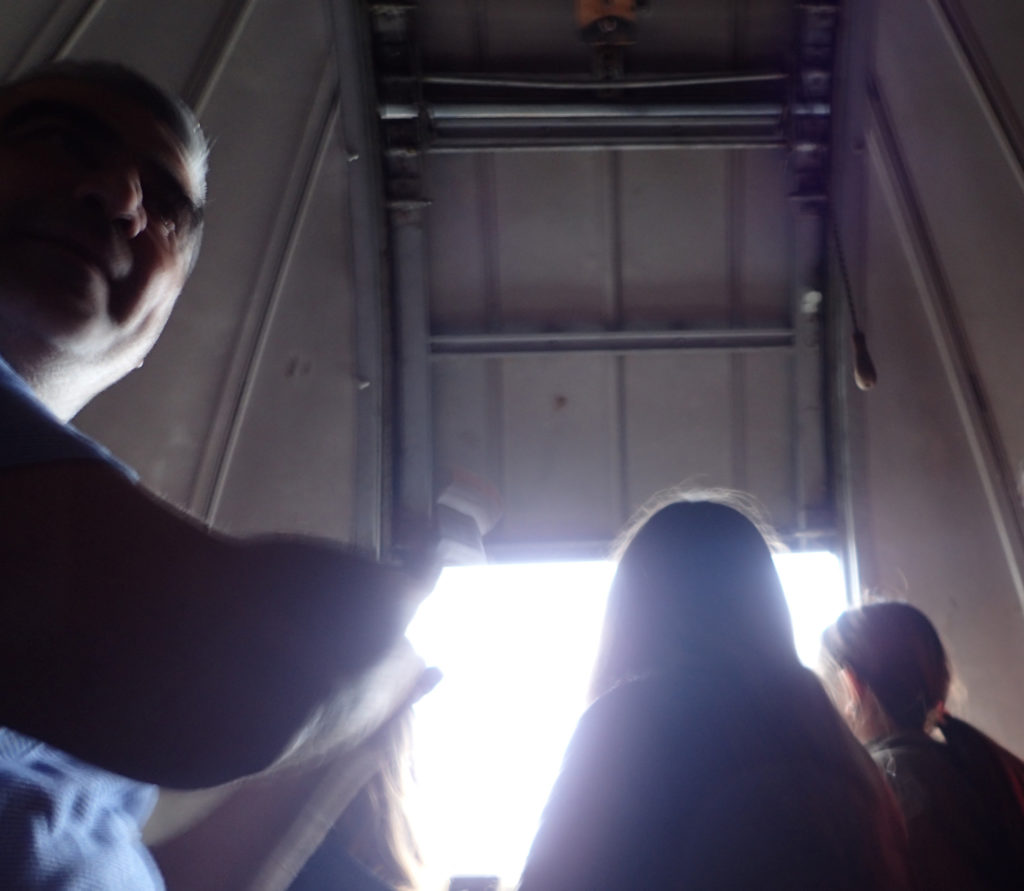 Opening the dome of the observatory
Opening the dome of the observatory
© Laura Niculae
Laura: Before starting the tour, while still in the creative writing classroom, I presented the instructions for the assignment and divided the class into groups of 10 to 12 students. Under my supervision, they went to meet the host of the observatory, Wissam, who generously offered to each group 20 to 30 minutes of interaction with the equipment of the observatory and with the stars. The duration of the visits depended on the questions raised and the curiosity of the participants. It made me proud to see some of my students, who were usually very quiet and sitting at the back of the class, taking the lead and expressing themselves freely, offering explanations or volunteering to manipulate the equipment.
Wissam: Students from non-astronomy classes always report finding the observatory visit unique and thrilling. Laura’s French class was no exception. Because astronomy is very sparingly taught and experienced during the primary and high school years, most students have rarely had the opportunity to use or manipulate a telescope, and few have visited a dome in their life prior to visiting the Vanier Observatory. For this reason, I encourage teachers from all disciplines to consider getting their students involved in astronomy. A visit to the Observatory during class time provides a useful and enriching experience. It is an energizing and positive break from students’ and teachers’ regular class routine. When you visit the Dome for the first time, you get the feeling that you are visiting a secretive, mysterious place. It is an exciting trip of discovery!
“Wow!” is always the reaction when students arrive in the Dome and face the telescope for the first time. It’s almost like they’ve entered a new dimension. Standing on the Observatory platform and looking back down into the stairwell gives the impression that you’re like Alice in Wonderland looking down the rabbit hole!
Laura: Once we were back in the classroom after our visit to the Observatory, students formed teams of 2 to 3, and I helped them to start working on a fictional story about the college. Students drew from the knowledge and skills acquired in their area of study, whether in physics, science, arts, marketing, sports, or simply from daily life, and combined these with their own creativity and imagination to start developing an original literary text.
This initiative provided students with opportunities to practice self-regulation, an important element of Universal Design for Learning (UDL), an educational framework that supports the development of teaching approaches that accommodate all learners’ needs. Because they were free to make key storytelling choices about setting, character, and tone, students developed skills of self-assessment and reflection. The students accepted the challenges presented by this active learning activity with a positive attitude; they participated in role-play, brainstormed solutions, accepted peer feedback, and shared some witty humour. Even if not all students decided to write about characters related to the observatory, the visit itself helped all of them to see the creative writing assignment with different eyes. Students learned to navigate in a new social situation, to be more aware of their own potential and knowledge, and to transfer their individual experience to a creative writing project in new ways.
Wissam: When students visit the Dome for the first time, their curiosity is triggered, and they tend to ask a lot of questions. The discussions take us on a journey into the solar system. Students get usually excited when we are opening the Dome window and moving its orientation towards East, South, North and West. They find it cool to learn that it is a “smart telescope” that can find objects in the sky, such as planets and stars, automatically. With some alignment and preparation, the telescope can point itself directly on a particular planet or star that the student chooses for viewing.
When students visit the Dome for the first time, their curiosity is triggered, and they tend to ask a lot of questions. The discussions take us on a journey into the solar system. (Wissam)
Laura’s class was very interactive. They came with many ideas that they had gathered over the years; they drew from what they had heard in the news, watched in a sci-fi movie, or learned from those around them. The students had a deep appreciation for the wonders of the universe that we are living in. Students are usually very curious to discover the universe around them; they are aware that we are living on a planet flying in space around a star that we call the Sun, etc.; however, this is just the beginning of many endless questions.
Laura: Another interesting experience for all of us was to discover the work and the methods of a teacher from an entirely different discipline. What I loved about the guided tour of the Vanier Astronomical Observatory provided by Wissam is that the he does not offer any special treatment to the adult accompanying the class. I became a student like any other, taking the same quiz and searching for answers to the same questions as the rest of the group. The students were highly amused to see how their French teacher reacted in an unknown environment as well as how she worked—her strategies, her effort, her mistakes and her small victories. It was a fun moment, but at the same time, we were all learning. We were building self-confidence, and we were reinforcing our dynamic as a group. We communicated and collaborated with others to reach the same goal. Because of its positive impact on students’ capacity for sustained effort and persistence during the learning process, collaboration is one of the priorities in the guidelines of inclusive pedagogy.
Some of my students had already met Wissam in their physics classes, but the interaction during our visit was different. Seeing two teachers working together and learning from each other, using their creativity, taking risks and getting out of their comfort zone helped students to get more involved and perceive the process of learning as more accessible. They were not afraid to try and, sometimes, provide the wrong answer.
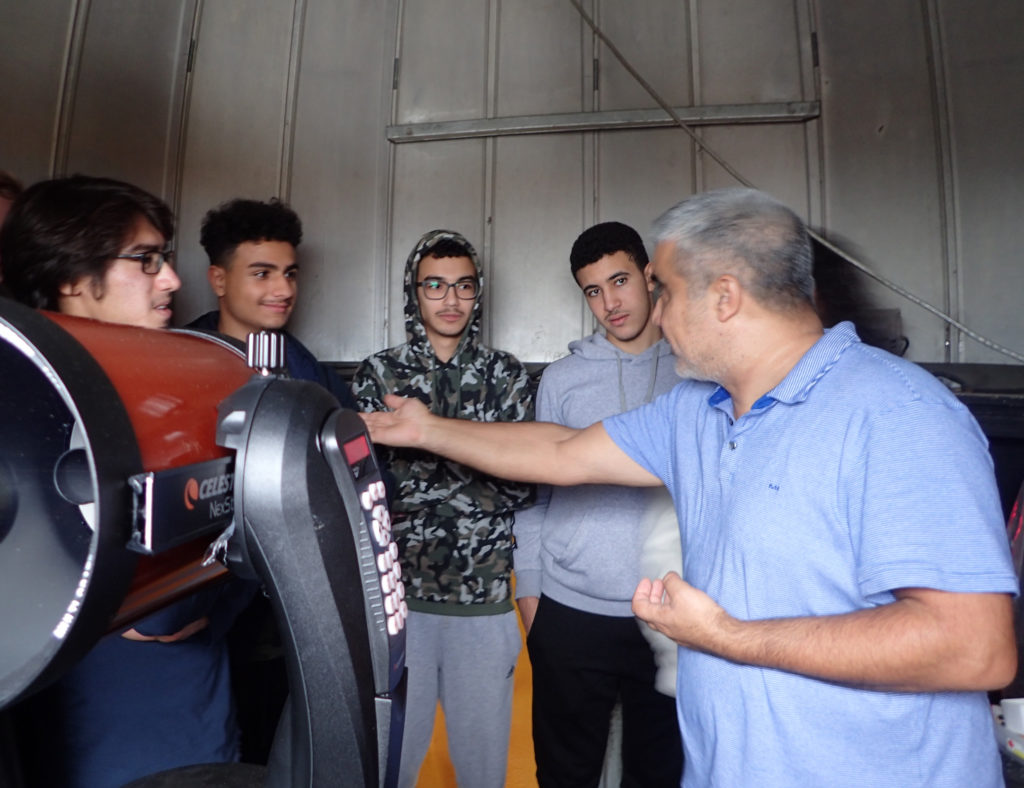 Students from Laura’s French (Fall 2019) class inside the dome and facing the telescope
Students from Laura’s French (Fall 2019) class inside the dome and facing the telescope
© Laura Niculae
Wissam: During the animation, I try to show students that we are now living in exciting times related to space exploration and advancement. Students are inspired to learn that space exploration is no longer an exclusively government business. It is now in the hands of private entrepreneurs and ambitious businesspeople and engineers. I encourage students to consider aerospace and astronomy as a field of study or work. Elon Musk is the best example of a Canadian entrepreneur who dreamed in college to go to Mars. Now, Elon Musk’s company, SpaceX, is successfully launching rockets to space and works on a plan to go to Mars and build a human settlement there. Many other examples are discussed to show that space exploration is now a serious business and endeavour that students may pursue as a future career. For example, NASA is planning to take humans back to the Moon by 2024 for a permanent settlement. It is facing a competition now from Jeff Bezos, Amazon CEO, who has a space company called “Blue Origin”. He is working to build a settlement on the Moon in the next few years.
During the visits to the observatory, the discussion provides an opportunity for students to think about astronomy and aerospace technologies and how they will affect life on this planet at many levels: economically, socially, psychologically, etc. They also learn that astronomy can open many career opportunities for them related to various fields. There is still a lot of space research and work to be done, particularly regarding human interactions, the psychology of humans living on Mars, social isolation, space travel, and inquiries related to many other social science fields. A visit to the Observatory could inspire a plot for a sci-fi story or could be followed by a discussion in a psychology class about isolation and mental health for space travelers. Students want to see more of celestial bodies; they are fascinated when viewing planets through the lens of a telescope, and they are awed by the wonderful images that can be taken.
In the end, students from Laura’s French class found their visit to the Vanier Astronomical Observatory both intriguing and inspiring. I am sure teachers from all disciplines would likewise find the visit useful in fulfilling many pedagogical goals.
Seeing Vanier from above seemed like a good start for someone who wanted to change their perspective on the scenery and history of the institution. (Laura)
Laura: Very often, teachers organize trips or visits to museums to stimulate our students’ interest and to evolve and interact outside the class, but we forget that our own campus offers interesting places to explore. The Observatory possesses an incredible potential as part of our College’s history and heritage. Additionally, as a site of connection and inspiration, it can serve to foster links between different disciplines (science, arts, administration, etc.) and it can spark students’ reflections on their futures and the impact of creativity and wonder in their own lives.
Through their engagement with the creative writing project that they undertook after their visit to the Vanier Astronomical Observatory, my students became aware of the importance of engagement in the task because they saw in it a new opportunity for personal development. It also increased the degree to which they felt connected to their work, making them proud to be the architects of a writing project born from their new field experience and their observations. In the end, their feedback was always more than enthusiastic: they definitely enjoyed every moment of the visit. Many of them realized that there is no limit to learning – or, in this particular case, the limit is far beyond the stars.
Wissam: Teachers from all disciplines are encouraged to come to the observatory to enjoy a unique learning experience with their students. Encourage them to be inspired, to be proud to be part of the Vanier College community, and to enjoy the view! Indeed, students learn that the sky is not the limit. You can dream and you can work to make your dreams come true.
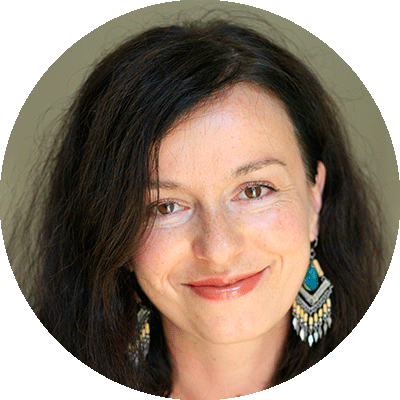
Laura Niculae
is a French teacher.
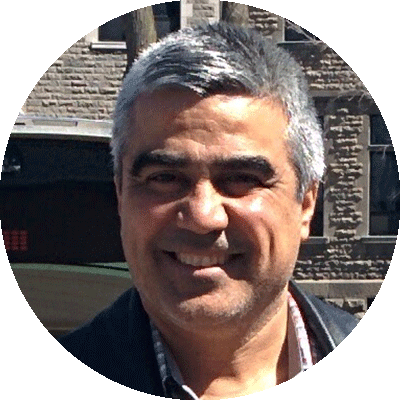
Wissam Chaya
teaches in the Physics department.
Reference:
CAST (2018). Universal Design for Learning Guidelines version 2.2. https://udlguidelines.cast.org

